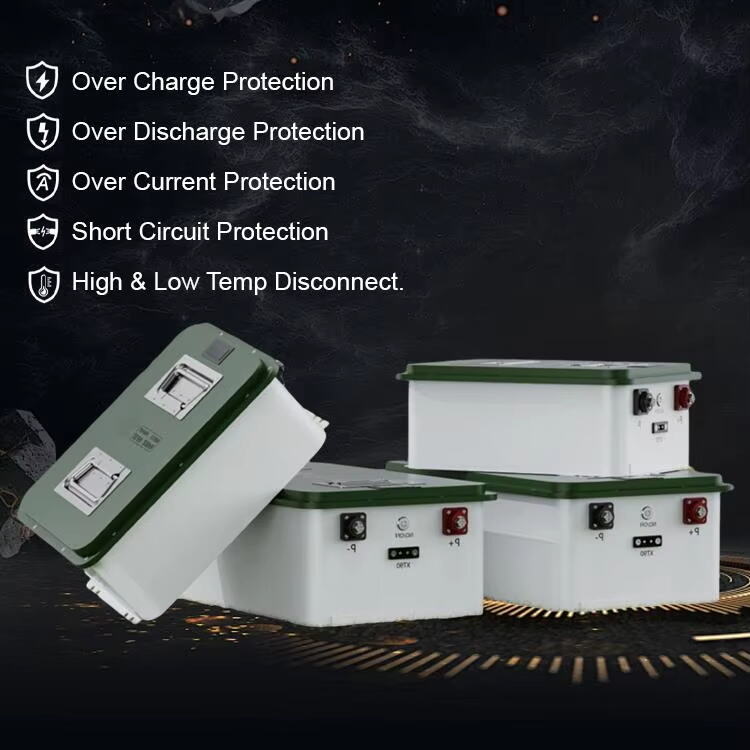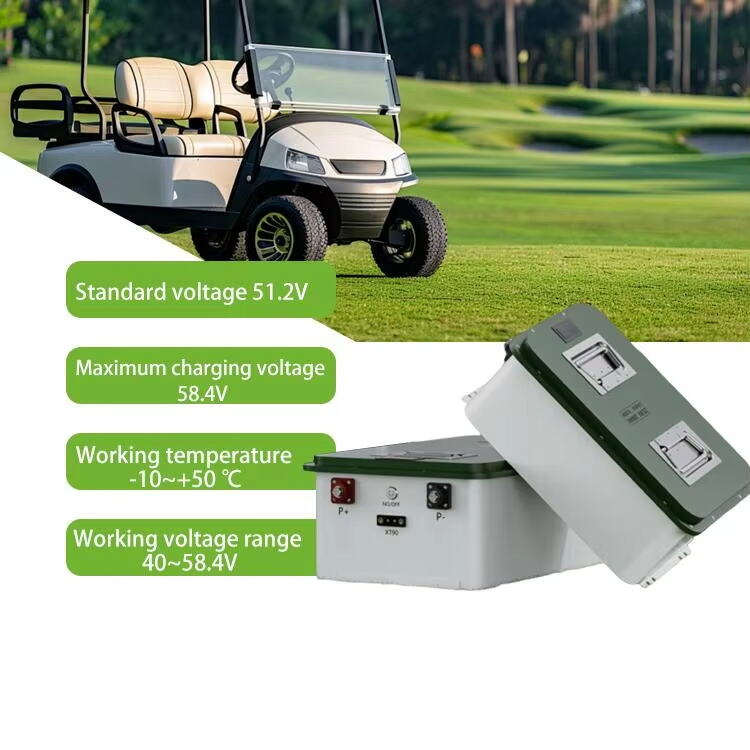Understanding the Benefits and Care of Advanced Home Energy Solutions
Lithium Iron Phosphate (LFP) home battery technology has become a popular choice for residential energy storage. Its reputation for safety, longevity, and efficiency makes it ideal for modern households seeking reliable and eco-friendly power solutions. Whether you are considering installing an LFP battery or already own one, understanding how to choose the right system and maintain it properly is essential for maximizing its performance and lifespan.
Choosing the Right Lithium Iron Phosphate (LFP) Home Battery
Key Features to Look for in an LFP Home Battery
When selecting a Lithium Iron Phosphate (LFP) home battery, it’s important to consider capacity, cycle life, safety certifications, and compatibility with your existing solar or energy systems. LFP batteries typically offer longer cycle life compared to other lithium-ion batteries, which means more years of reliable service. Additionally, their thermal stability reduces the risk of overheating, making them safer for home use.
Matching Battery Size to Household Energy Needs
A common question is how to choose the appropriate battery size. Assessing your household’s daily energy consumption and peak power requirements helps determine the ideal capacity of an LFP home battery. Oversized batteries might lead to unnecessary upfront costs, while undersized ones may not provide sufficient backup during outages or at night. Accurate sizing ensures efficient energy storage and cost-effectiveness.

Maintaining Your Lithium Iron Phosphate (LFP) Home Battery for Optimal Performance
Proper Charging Practices
Maintaining an LFP home battery involves following proper charging guidelines. These batteries benefit from consistent charging cycles without being fully drained. Avoiding deep discharge and overcharging extends the battery’s lifespan. Many modern systems include built-in management software that regulates charging, but understanding these basics can help you troubleshoot issues or optimize settings.
Environmental Conditions and Storage
Temperature plays a significant role in battery health. LFP home batteries perform best when kept in a controlled environment, avoiding extreme heat or cold. Proper ventilation and protection from moisture also contribute to maintaining battery efficiency and safety. If the battery will not be used for extended periods, it should be stored with a partial charge to prevent degradation.
Advantages of Lithium Iron Phosphate Technology for Home Use
Enhanced Safety Compared to Other Batteries
Safety is a major factor driving the adoption of Lithium Iron Phosphate (LFP) home batteries. Unlike other lithium-ion chemistries, LFP batteries are less prone to thermal runaway or fires. Their chemical composition is inherently more stable, which reduces hazards and makes them suitable for installation inside homes or garages without special fire suppression systems.
Longevity and Cost Efficiency
LFP batteries typically offer thousands of charge-discharge cycles, significantly more than traditional lead-acid or other lithium batteries. This longevity reduces replacement frequency and lowers long-term costs, making them a smart investment. The cost per cycle is generally lower for LFP batteries, increasing their economic appeal for home energy storage.
Integrating LFP Home Batteries with Renewable Energy Systems
Seamless Compatibility with Solar Panels
Pairing an LFP home battery with solar panels maximizes self-consumption of solar energy. The battery stores excess electricity generated during daylight hours for use during the night or cloudy days. This integration helps reduce reliance on the grid and enhances energy independence.
Smart Energy Management Systems
Many LFP home batteries come with or support energy management systems that optimize energy flow. These systems monitor real-time consumption, solar generation, and battery status to balance loads effectively. Smart management reduces energy waste and ensures your battery operates within safe parameters.
Tips for Extending the Life of Your LFP Home Battery
Routine Inspections and Monitoring
Regularly checking your LFP home battery system for signs of wear, damage, or abnormal performance is crucial. Monitoring tools can alert you to issues like capacity loss or temperature fluctuations, allowing timely maintenance or professional service to prevent bigger problems.
Software Updates and Manufacturer Support
Keeping the battery’s management software up to date ensures optimal performance and incorporates the latest safety features. Choosing a supplier that offers strong customer support and firmware updates can significantly improve your ownership experience and system longevity.
FAQ
How long does a typical Lithium Iron Phosphate home battery last?
LFP home batteries can last 10 to 15 years or more, depending on usage patterns and maintenance. Their extended cycle life is one of their key advantages.
What maintenance is required for LFP home batteries?
Maintenance mainly involves monitoring battery health, ensuring proper charging practices, and keeping the battery in an appropriate environment with stable temperatures.
Are LFP batteries safe for indoor installation?
Yes, Lithium Iron Phosphate batteries have a stable chemistry and are much safer than other lithium-ion types, making them suitable for indoor home energy storage applications.
Can I expand my home energy system with additional LFP batteries later?
Most LFP home battery systems are designed to be modular, allowing for capacity expansion as your energy needs grow.
Table of Contents
- Understanding the Benefits and Care of Advanced Home Energy Solutions
- Choosing the Right Lithium Iron Phosphate (LFP) Home Battery
- Maintaining Your Lithium Iron Phosphate (LFP) Home Battery for Optimal Performance
- Advantages of Lithium Iron Phosphate Technology for Home Use
- Integrating LFP Home Batteries with Renewable Energy Systems
- Tips for Extending the Life of Your LFP Home Battery
- FAQ

